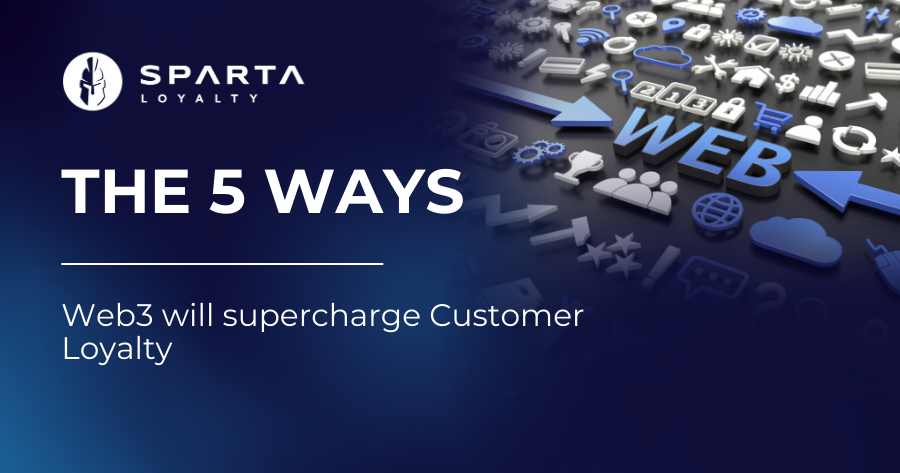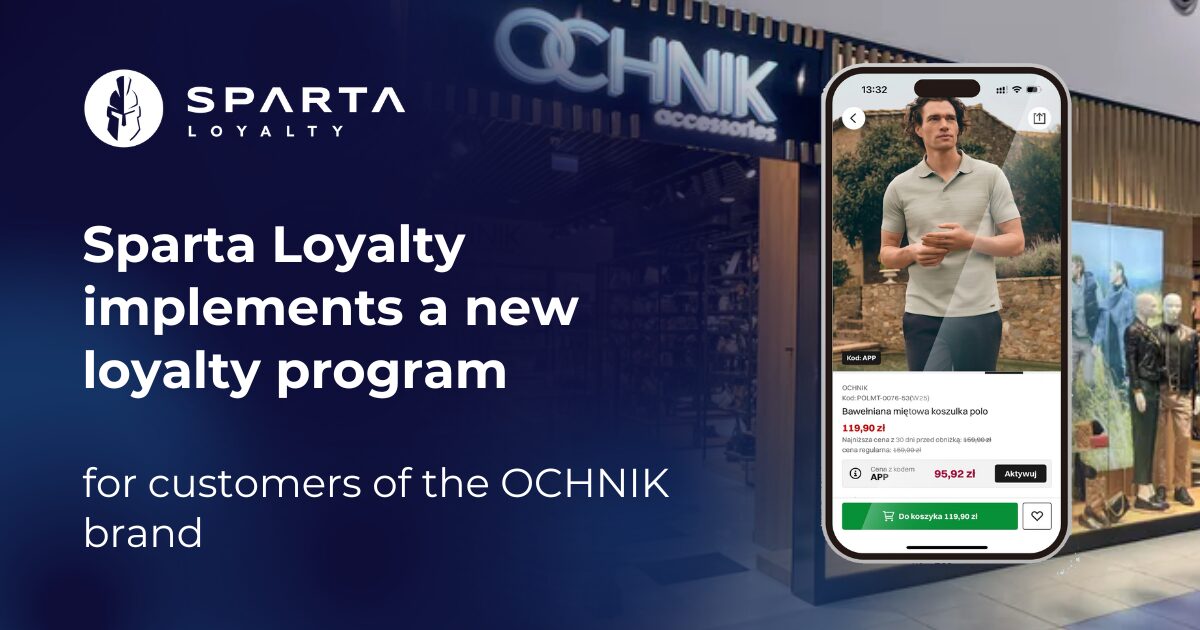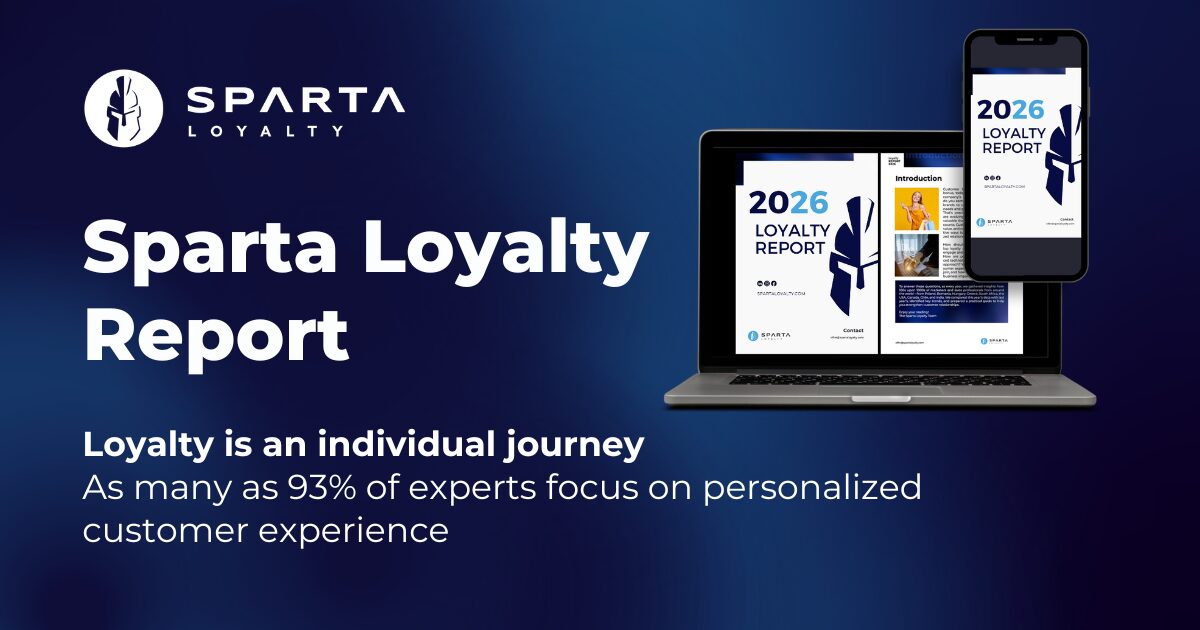The methods in which Web3 will push loyalty
The demise of third-party cookies has made it increasingly more difficult for marketers to extend their grasp. More creative and cunning marketers have been seeking alternative modalities to further entrench themselves into customers’ lives while furthering customer experience and rewards: Introducing Web3.
We have discussed in detail the basic outline of what Web3 is in this previous article, but here is a quick recap:
What is Web3 and how is it used to drive customer loyalty?
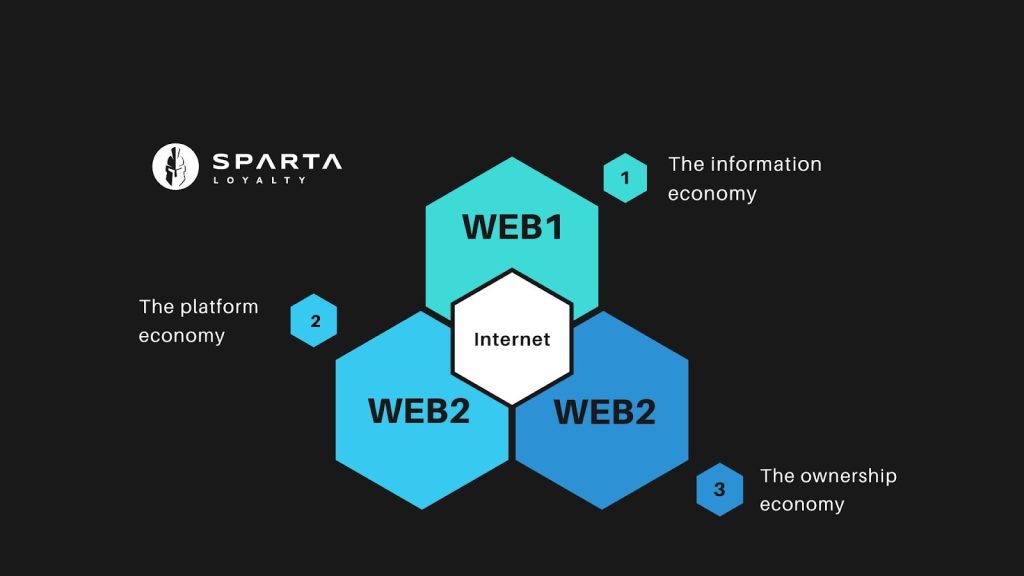
Web1: The first iteration of the internet, or simply Web1 was used to access information between networks that was heavily controlled and scrutinized due to its limited capacity. Back then, only a select handful of individuals possessed the power to edit content, let alone share it.
Web2: Came into being around 20 years ago and is still the world that we are heavily involved in. With the introduction of user-generated content, interactivity, and social media (Meta, Google, Apple, Microsoft, Amazon, etc.), the internet over the last 20 years opened instant access to goods and services (eCommerce) and immediate connections to socialize online.
Web3: Pushing the envelope further when it comes to ‘less restricted’ internet use, Web3 will allow users to tear off their proverbial ‘shackles’ by providing them with decentralized platforms with interoperability and transparency. This will be facilitated with the individual ownership of data through the means of a blockchain wallet.
What does Web3 loyalty entail?
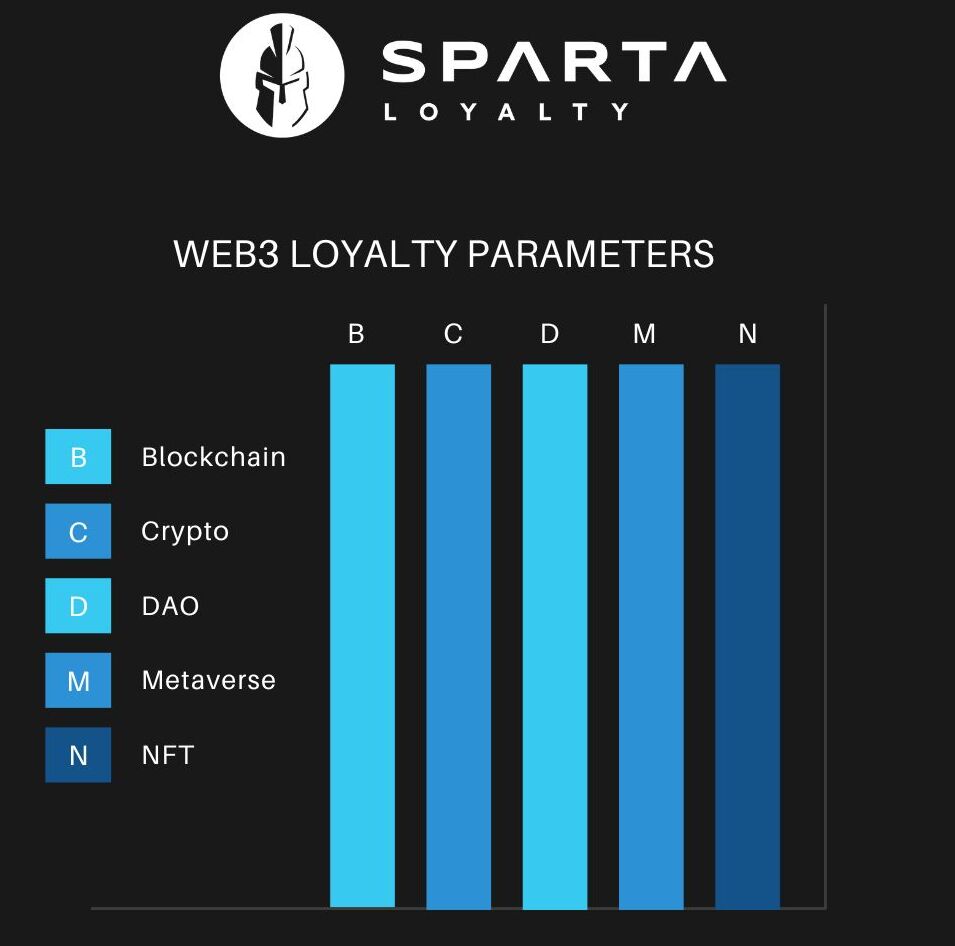
- Blockchain
Blockchain platforms have the ability to be easily integrated into loyalty by brands whereby they can expedite customer and transactional data, whilst providing the highest level of security.
The benefits also encompass a wide range of options for brands such as the utilization of smart contracts, which have the power to settle transactions instantly once certain parameters are met.
An example of this is that a loyalty program that rewards its users on a special occasion (i.e anniversary or birthday) would initiate a smart contract whereby rewarding the user with a cryptocurrency or an NFT.
- Cryptocurrencies
Cryptocurrencies have become a powerful tool in Web3 but in regards to customer loyalty, they have the potential to reward customers beyond traditional points, or miles schemes.
This can be utilized by providing customers with a value of a certain cryptocurrency or token that is constantly adjusted based on market forces of supply and demand.
This will further drive a deeper customer engagement as it pushes customers to view their loyalty more as a commodity, rather than just a simple ‘earn and burn’ practice.
- DAOs
A DAO (Decentralized autonomous organization) is a member-owned community that decentralizes leadership.
DAOs cover a multitude of communities ranging from memorabilia, research funding, charities, and even investment management. Their true power rests in their ability to be managed by democratic methodologies, such as voting, removing a vertical, top-down organizational structure, and providing transparency for its members, which in turn is provided by secure blockchain technology.
DAO’s utility in loyalty will allow members to partake in meaningful initiatives on behalf of the brand, which can be fueled to trigger smart contracts that the brand might set out for members to participate in. For example, a brand may want to release a limited edition item and the community can vote on what specifics that limited edition item must have.
- NFTs
We have previously written extensively on NFTs and loyalty where you can find this article here. To be brief: An NFT (Non-Fungible Token) is a term used to describe a unique digital asset where ownership is tracked on a blockchain. The Web3 technology behind NFTs will likely drive the future of loyalty as NFTs can be given out by brands to their most loyal customers to drive emotional loyalty and branding.
- Metaverse
The term Metaverse can be used to describe a 3D iteration of the internet or rather a virtual world that mimics aspects of the physical world using such technologies as virtual reality (VR), augmented reality (AR), AI, social media, and digital currency.
In the Metaverse, you can access a multitude of activities ranging from events/concerts to shopping, and gaming. This has stirred up a lot of interest from brands as they wish to utilize and leverage loyalty activities by trying to enhance their products and services in this new and exciting medium.
In summary
As Web3 is still in its infancy and full of potential, brands are trying to capitalize on new and distinct ways to revitalize and reshape their loyalty programs by being a part of this paradigm shift. Albeit they are many challenges that lay ahead for this new landscape to be accepted into the mainstream, one thing is for sure is that Web3 has definitely changed our perceptions in how we view our individual participation on the internet.



